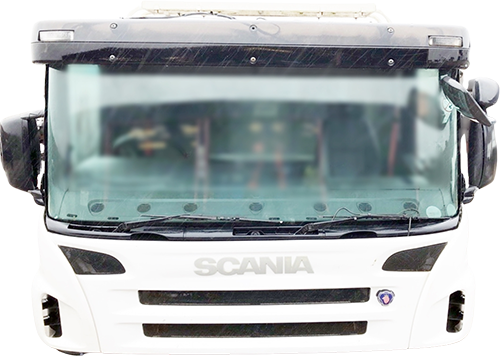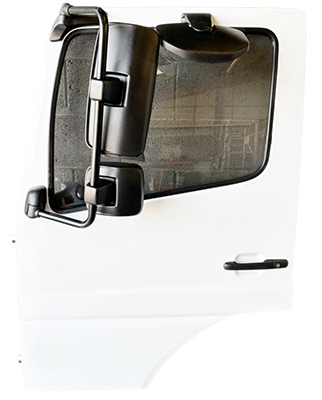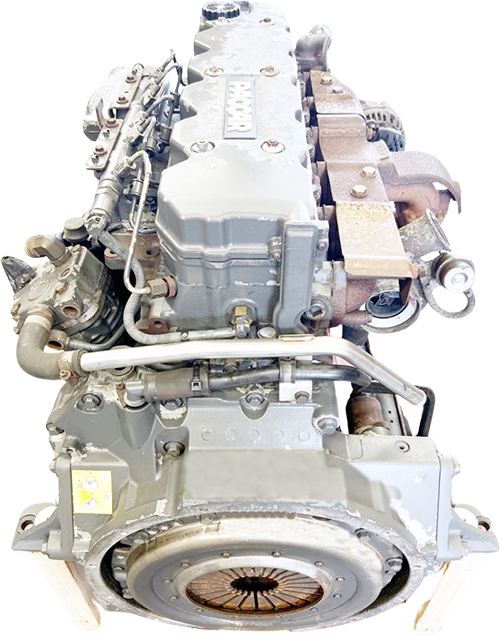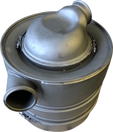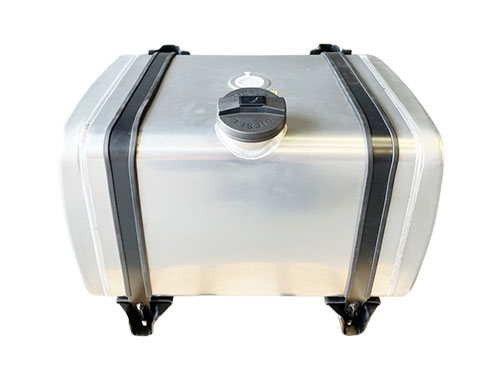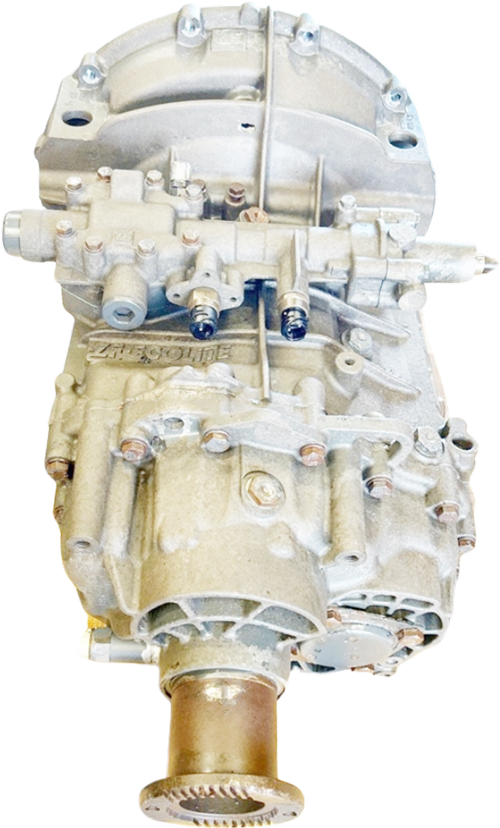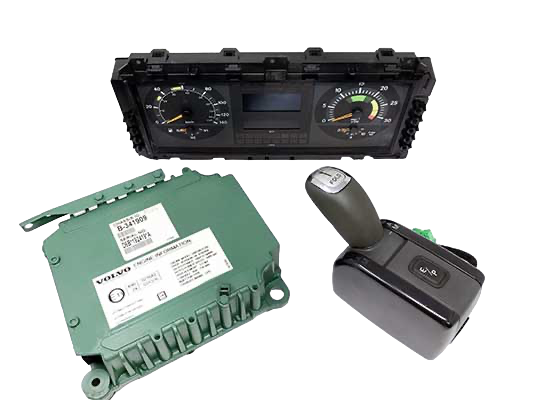HGVs, trucks and lorries are now fitted with anti-lock braking systems (ABS) to prevent skidding. However, contrary to popular belief, anti-lock braking systems do not shorten stopping distances since they prevent the tyres from digging into the tarmac when braking.
Instead, a HGV’s stopping distance is determined by the size of its brakes, the condition of the brake components, the condition of the tyres and how heavy the HGV is (for example, it would take a fully-loaded HGV longer to stop than one with no load).
Whatever the case, a HGV will always have a longer braking distance than a car because of its mass, despite modern HGV brakes being incredibly powerful. For this reason, HGVs should always maintain a safe following distance between vehicles.
Braking Distances for HGVs at 30mph
Below is a comparison if braking distances on a dry surface for trucks and HGVs:
*please note that these are estimates and should not be applied to real-world conditions*
· Volvo loader weighing 8-tonnes – 10-meters
· Iveco truck weighing 42-tonnes unladed – 20-meters
· Iveco truck weighing 42-tonnes laden– 30-meters
· Iveco truck weighing 42-tonnes fully-loaded – 36-meters
Braking Distances for HGVs at 50mph
· Volvo loader weighing 8-tonnes – 18-meters
· Iveco truck weighing 42-tonnes unladed – 26-meters
· Iveco truck weighing 42-tonnes laden– 44-meters
· Iveco truck weighing 42-tonnes fully-loaded – 62-meters
Braking Distances for HGVs at 70mph
· Volvo loader weighing 8-tonnes – 35-meters
· Iveco truck weighing 42-tonnes unladed – 47-meters
· Iveco truck weighing 42-tonnes laden – 65-meters
· Iveco truck weighing 42-tonnes fully-loaded – 78-meters
What these braking distances show is that it’s important to give HGVs up to three times more braking space than you would a car.
What contributes to longer braking distances?
The faster you are travelling, and the heavier your vehicle, the longer it will take to stop. It also takes longer to stop on wet, cold and uneven ground. In addition to these factors, the condition of the tyres and brakes is an important consideration. Another important consideration is the size of the brakes, and the type of tyres installed. For example, winter tyres have shorter braking distances in cold weather than summer tyres.
Related: What to do if you have a blow out in a truck
How to make sure your journeys are as safe as possible
We recommend you that you check your tyres before every journey and test your brakes to ensure that they work. If you need to brake sharply, it is recommended that you apply firm, constant pressure to the brake pedal if your vehicle is equipped with ABS. Pumping the brake pedal is an old-fashioned and outdated braking method that reduces the effectiveness of ABS. If you are travelling in snow or icy conditions, you should modulate the brake pedal to prevent skidding. It might also be beneficial to allow the engine to brake for you.












